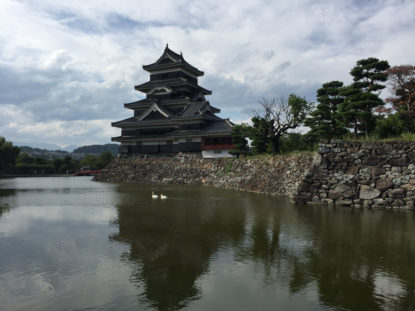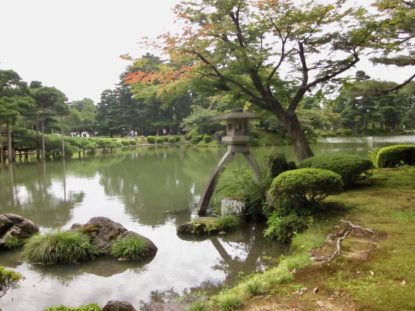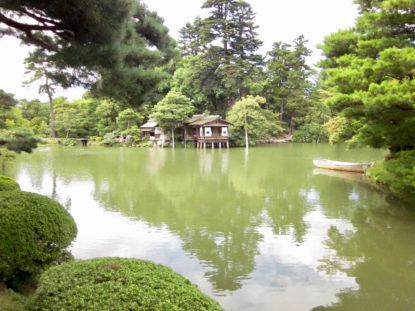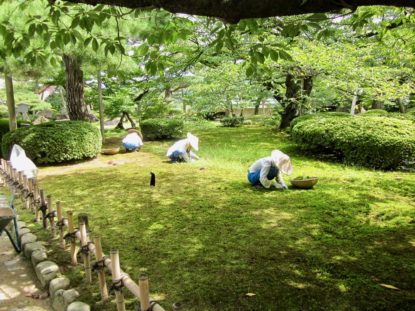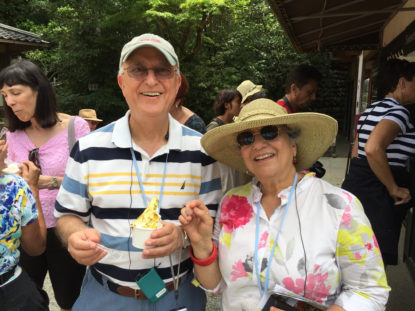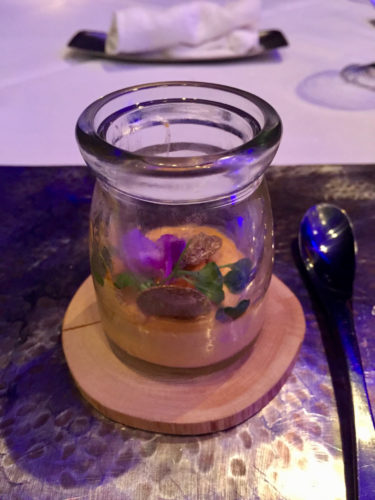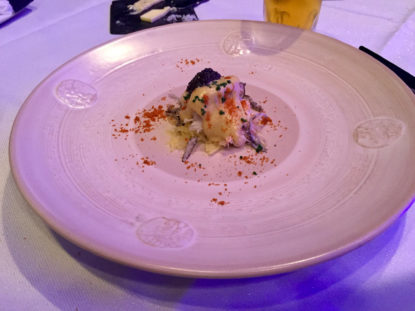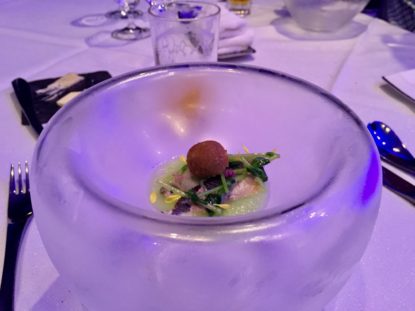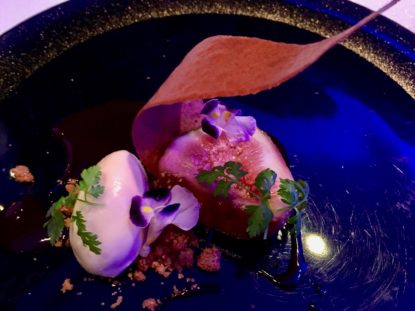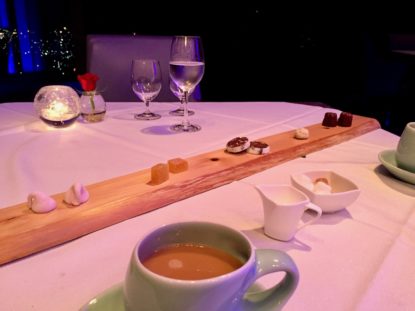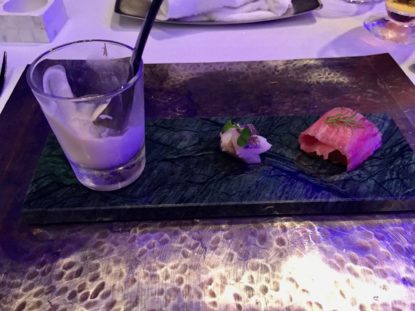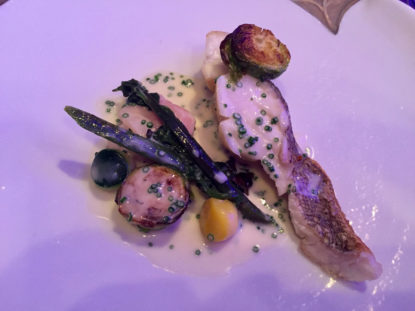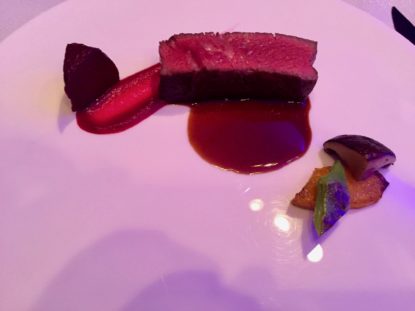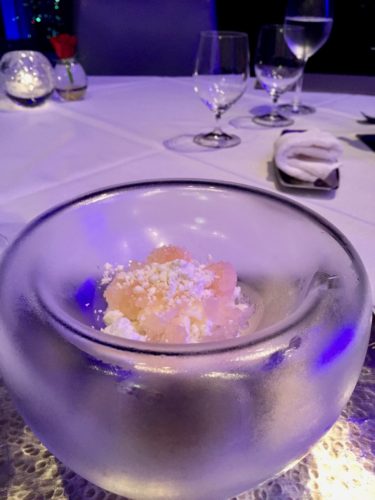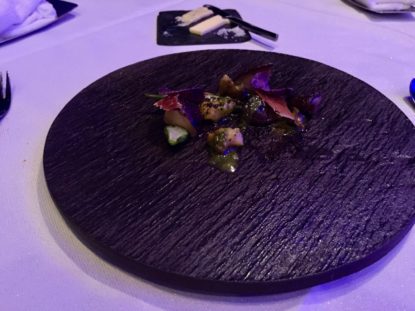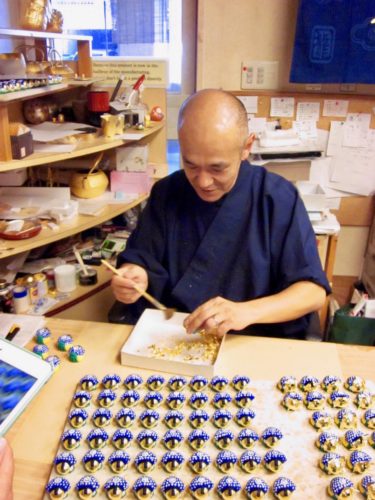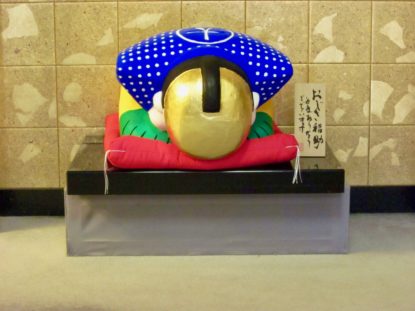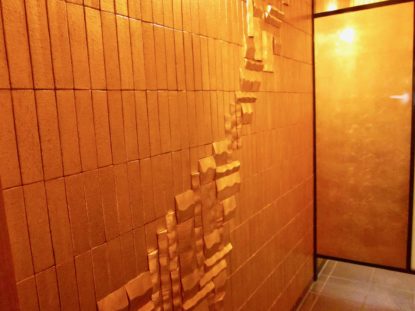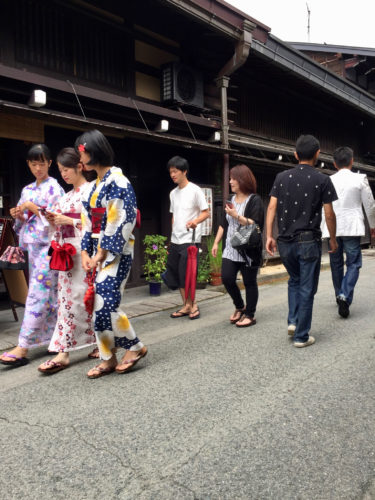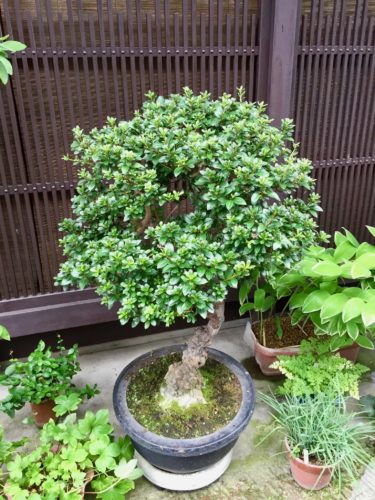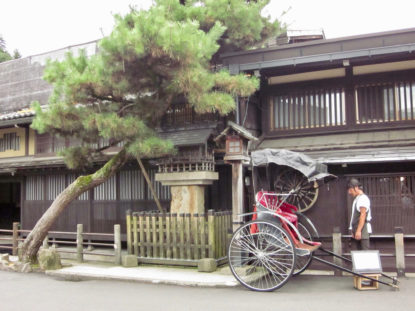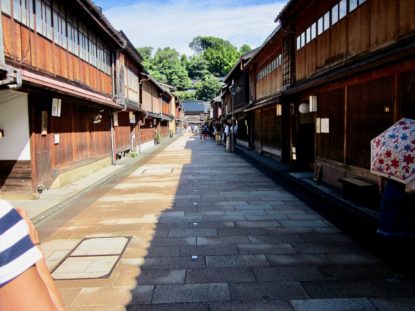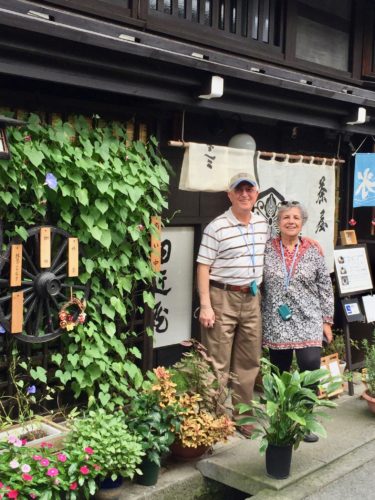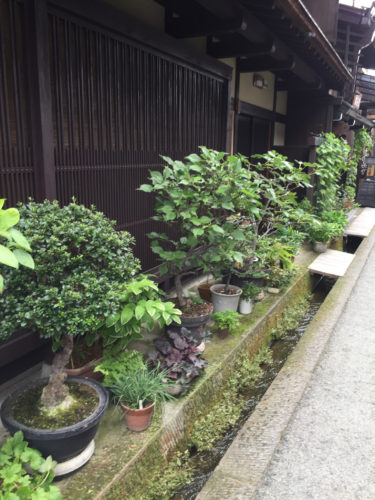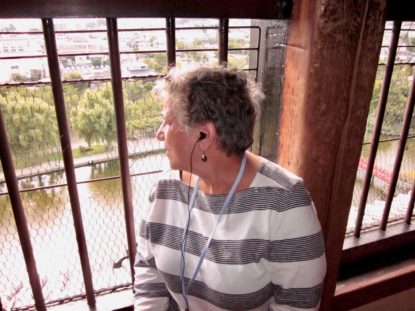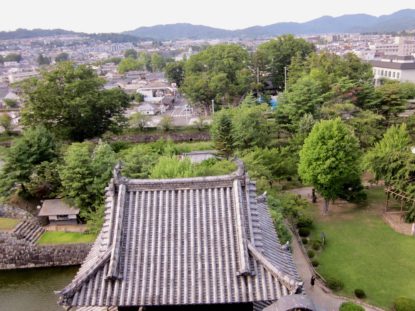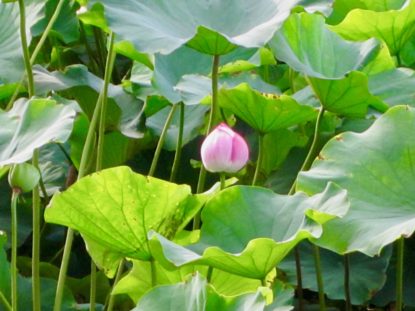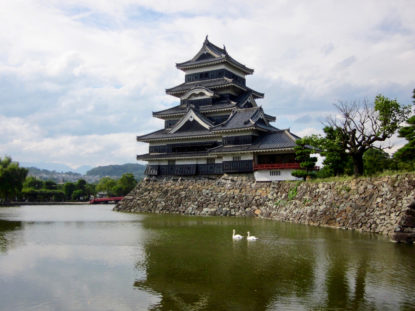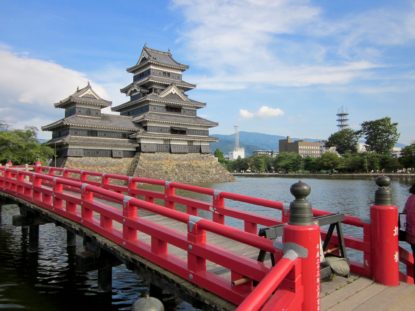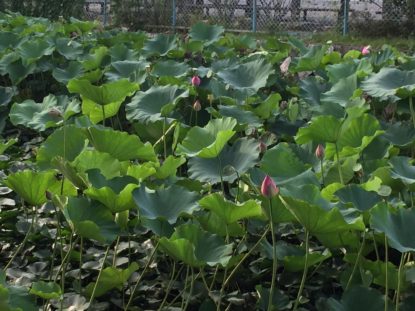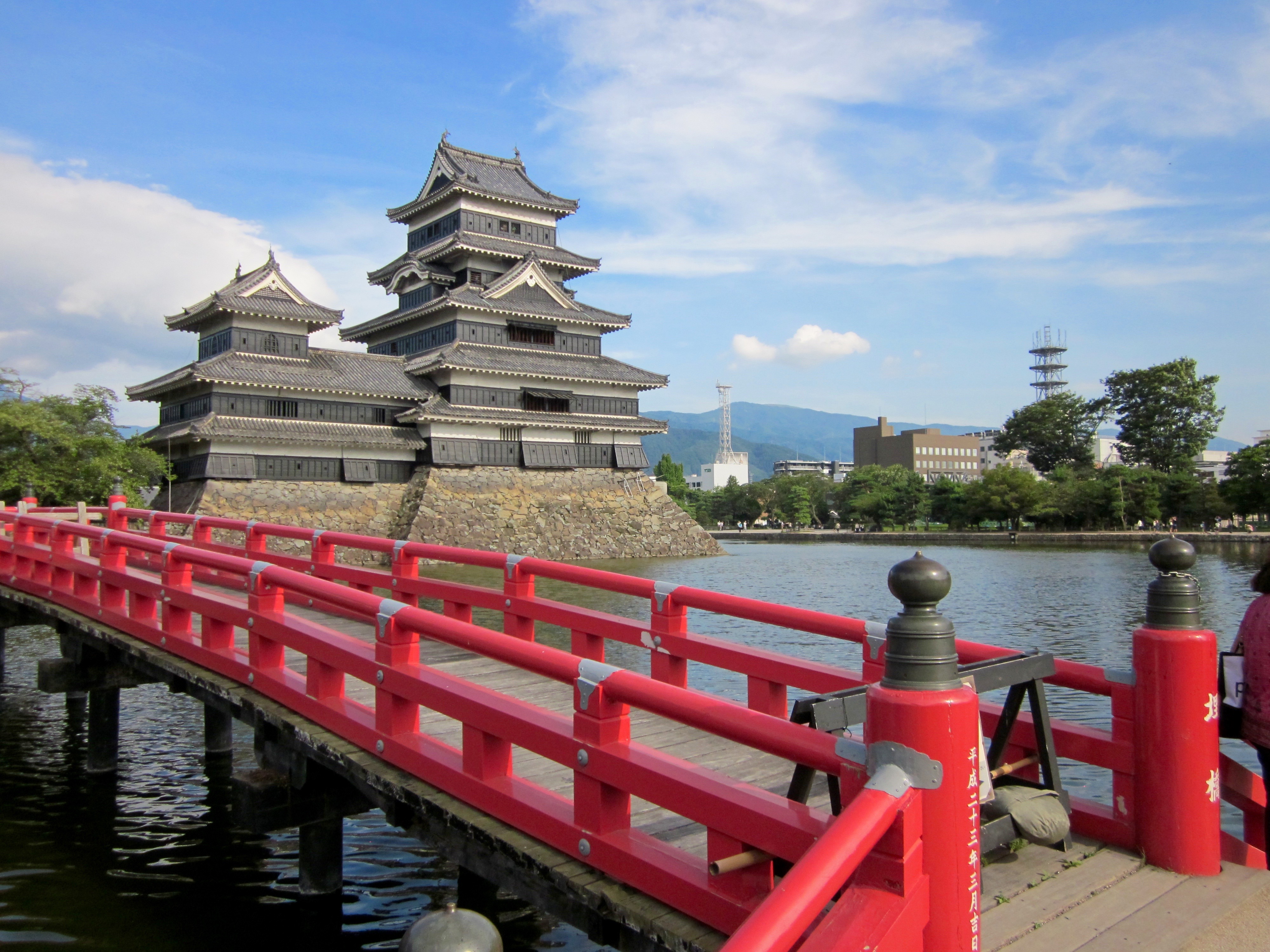
Matsumoto, Takayama & Kanazawa: JAPAN
“If you reject the food, ignore the customs, fear the religion and avoid the people, you might better stay home.” James A. Michener
Matsumoto Castle
Matsumoto Castle is one of the most complete and beautiful stone castles in Japan. First build in 1504, during Edo Period Shogunate (1600-1868) who established Matsumoto Domain. For 280 years, until the abolition of feudal system, the castle was ruled by 23 consecutive lords. From far the castle looks like a black bird spreading its wings. Climbing the sixth-floors was strenuous due to the irregular height of the steps. They were made in such a way so that the enemy, encumbered with their regalia, would find it hard to ascend. The interior was constructed with wood, stone and mud. Each floor had a display of weapons, pictures or costumes. Openings were cut through the exterior wall for shooting arrows and throwing stones on the invaders. The view from the observation deck on the top floor was worth the climb.
Takayama
From Matsumoto Castle, we drove to the preserved town of Takayama. Miyagawa River flows through the town. Three narrow lanes of the old town are full of activity. It was as if we were transported back into the Edo Period. The old town exhaled incomparable warmth and tranquility. Leisurely, we strolled on the stone paved streets and quiet quarters as our eyes feasted on wood façades, blossoming climbers and bonsai trees in stone pots. The streets were lined with indigenous craft and gift- shops, food, and sake breweries. Little farther away were samurai neighborhoods and geiko lodgings, areas preserved from the time when the city thrived as a town of wealthy merchants.
Kanazawa provides 99% of Japan’s gold production. We stepped into one of the gold leaf shops and to our amazement found the walls of its lavish bathroom covered with gold leaf. In the front display room, we saw a worker meticulously applying gold-leaf on bowing figures as the final touch.
We walked through a samurai district where the houses were beautifully preserved. In many of these residences their descendants continue to live today. The house we saw displayed the lifestyle and artifacts of the era when Samurai were prosperous. Its wooden gates, earthen walls, stone paved paths, landscape, fish ponds, tea house were simultaneously awe inspiring as they were calming.
Traditional local sake breweries were scattered through the three streets where we spotted several rickshaws waiting to be rented. The breweries are recognized by sugidama (balls made of cedar branches) hung over their entrances and sake barrels. We were led in one of the six top breweries where we sampled different kinds of sake.
At a walking distance from the three preserved streets was an area with stone-paved road lined with teahouses made with red latticework. This is where maiko, and their apprentice geiko (the term geisha is considered derogatory) entertained their guests by performing dances, playing games and conversing about arts. We spotted geiko twice, one getting into her car and the other walking in front of a teahouse.
Kanazawa Garden
Traditionally there are two types of Japanese landscape gardens: strolling gardens for the recreation of merchants and lords, and drystone gardens for the use of Zen monks.
Six attributes of a perfect strolling garden are spaciousness, seclusion, natural artificiality, antiquity, abundant water and panoramic view. Kanazawa park is one of Japan’s “three most beautiful landscape gardens.” It features a variety of flowering trees which provide the garden with a different look for each season.
The walk in the garden made us thirsty and hungry. Just outside the garden was a pedestrian walk lined with cherry trees, craft shops and restaurants. At the ice-cream shop we purchased vanilla ice-cream covered with gold leaf. Yes, real gold leaf! One ten thousandth of a millimeter-thick Kanazawa gold leaf! The two of us shared one golden cone.
That night we lavished upon one of the most memorable ten course Japanese cuisine.